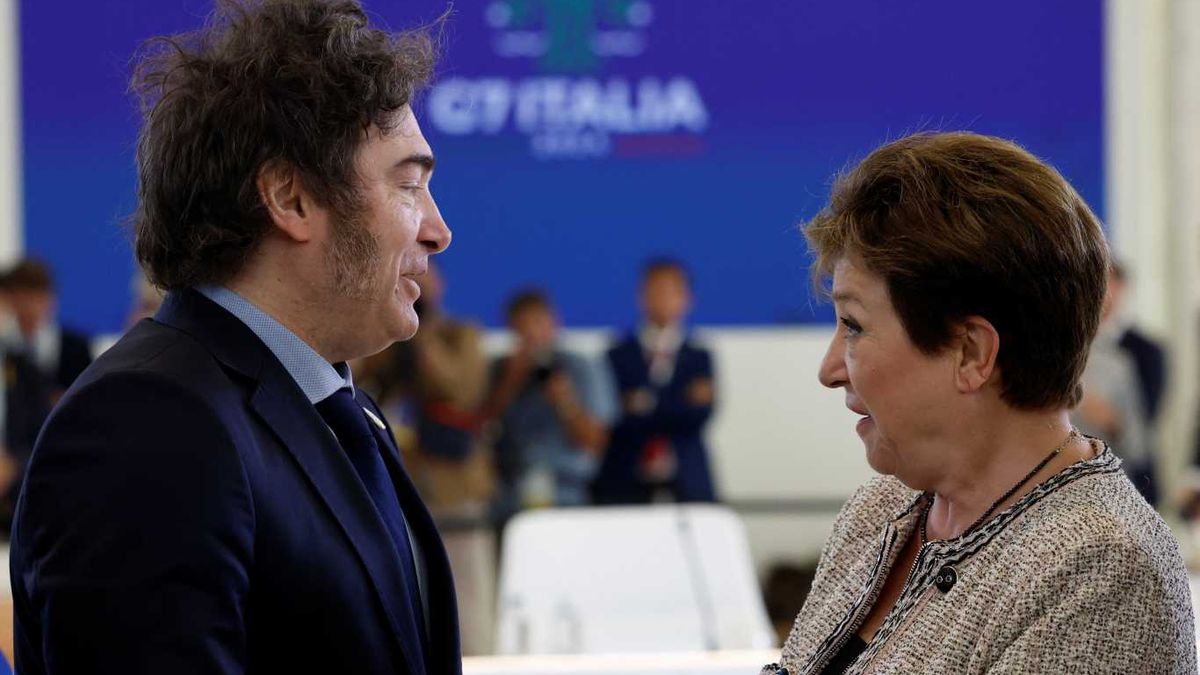The bill has been promoted since 2020 by the National Audiovisual Space (EAN), made up of the Association of Independent Producers of Audiovisual Media (APIMA), Argentine Film Directors (DAC), the Independent Film Project (PCI), and the General Society of Authors of Argentina (Argentores). They seek to respond to the dilemmas of a technological paradigm that raises new forms of communication and global marketing, which are not contemplated in the Film Law 17,741, currently in force.
“It seeks to be a federal law. We are going to have a stronger film institute, with a federal law and accompanied by the institutions,” said Pedrali. And he added that the initiative can have a positive impact on the audiovisual industry: “We have an activity at full employment, it is an ideal moment because we have great technical capacity, we have locations throughout the country.”
The proposal, which constitutes a defense and a boost to Argentine audiovisual production based on federalism and equity as pillars of representativeness and distribution of resources, was accompanied by more than twenty deputies from all over the country from the Frente de Todos, Unión Cívica Radical and Encuentro Federal, the block made up of Emilio Monzó and Margarita Stolbizer.
From the EAN they explained that the law is “the opportunity to have a national audiovisual industry, which can transcend the world, because today the market is not only movie theaters but also the rest of the world.”
Regarding the federal criteria, the project proposes the creation of the Federal Council of Cinema and Audiovisual Arts (CoFeCAA), “an interjurisdictional body, for consultation, agreement and planning, to ensure the unity and federal articulation of the national audiovisual policy”.
It also incorporates the formation of a board of directors of the management body made up of suitable professionals in the audiovisual area and delegates from cultural areas throughout the country, to ensure a federal context, and with equitable participation.
Meanwhile, 25% of the funds for the production, distribution and exhibition of national audiovisual productions are allocated exclusively to projects generated by the provinces.
On the transformation of the industry, it is based on the conception of national audiovisual production and establishes as a substantial aspect the increase of the National Fund for the Promotion of Cinema and Visual Arts. The idea is that the VAT tax that is already generated by marketing on the platforms is divided into 11 percent for the treasury and 10 percent for the Fund.
In addition, the project proposes extending the screen quota, on a mandatory basis, of national productions to the platforms and other media and modalities that are created.
In terms of equity, in addition to representation on the board of directors, the Development Fund provides for the creation of specific resources for audiovisual productions by female directors and diversities.
Source: Ambito
I am an author and journalist who has worked in the entertainment industry for over a decade. I currently work as a news editor at a major news website, and my focus is on covering the latest trends in entertainment. I also write occasional pieces for other outlets, and have authored two books about the entertainment industry.




